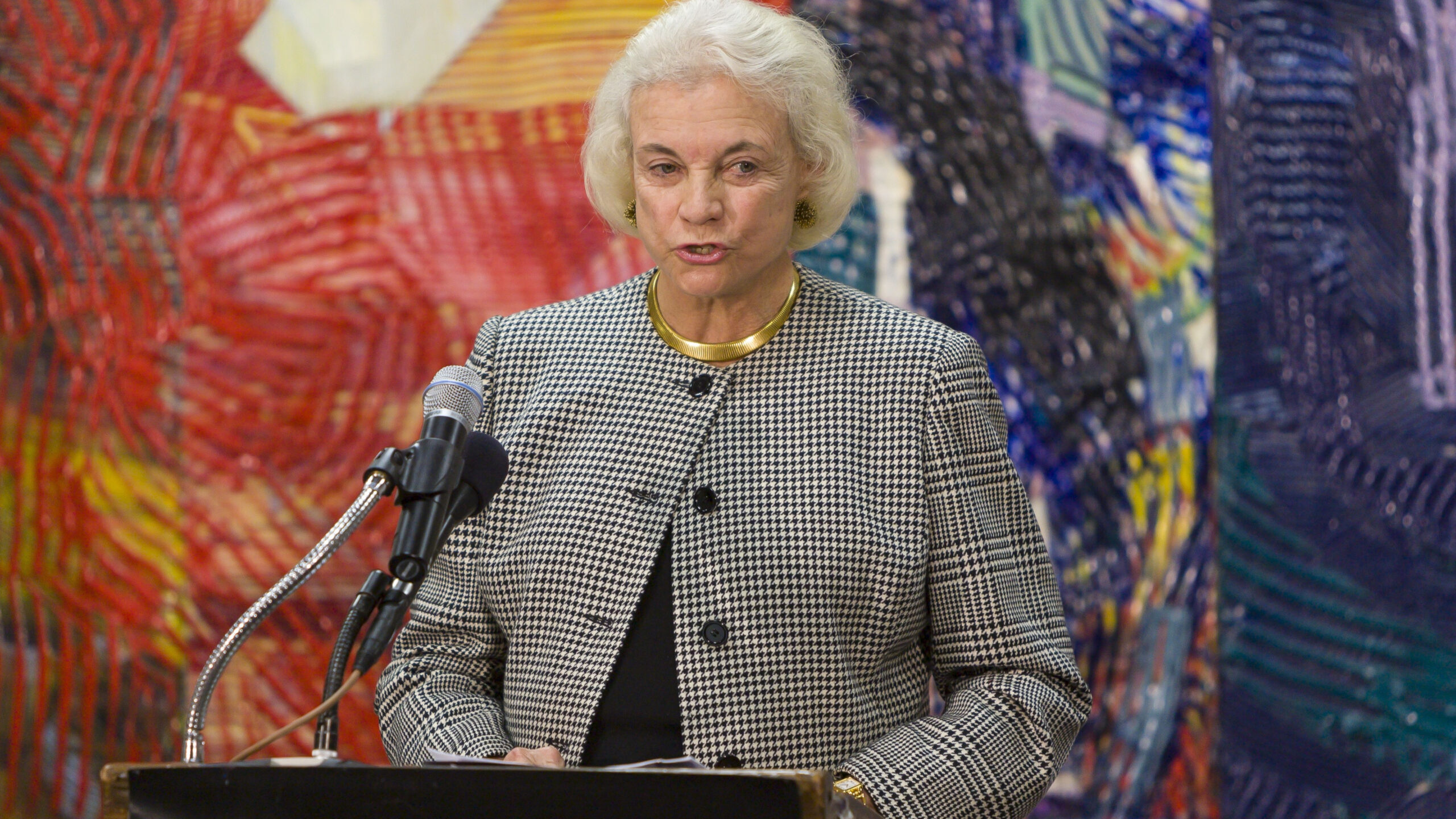What the Sale of Bob Dylan’s Catalogue Tells Us About Copyright and the Internet

Universal Music Publishing Group’s purchase of the copyrights to 600 of Bob Dylan’s songs for over $300 million demonstrates the enormous business opportunities the digital environment affords the entertainment industry. In discussing the purchase, Taylor Telford of the Washington Post notes that “music copyrights have become big business, especially as streaming continues to dominate music and new platforms offer scores of licensing opportunities.”
Telford quotes Dan Ives, managing director of equity research at Wedbush Securities, explaining that “streaming has changed the landscape, from a licensing and royalty perspective.” Ives states that “even though there’s eye-popping price tags, if you look at returns in five, 10, or 20 years, these are viewed as very good investments.”
The deal for the Dylan catalogue is just the most recent example of significant purchases of copyrights driven by potential streaming revenue. Earlier this month, Stevie Nicks (formerly a member of Fleetwood Mac) sold an 80 percent share of her catalogue to publisher and talent manager company Primary Wave for $100 million. Investment company Shamrock Capital paid $300 million for the masters of Taylor Swift’s first six albums (over her objections). Bon Jovi guitarist Richie Sambora sold his 200-song catalogue to song acquisition investment company Hipgnosis Songs Fund. According to Rolling Stone, firms like Hipgnosis “put a financial valuation on songs’ potential long-term royalties” from streaming.
Confirming this valuation are licensing arrangements earlier this year by social media platform TikTok with Sony Music Entertainment, Merlin, and the National Music Publishers’ Association. YouTube pays rightsholders $3 billion annually for use of their content. IFPI reports over $10 billion a year in streaming revenue.
The digital environment creating lucrative business opportunities for the entertainment industry is not a new phenomenon. In 2012, the report The Sky is Rising demonstrated that the Internet resulted in a “true Renaissance era for content” and that “more content creators are producing more content than ever before—and more able to make more money off of their content than ever before.” In 2016, I wrote a post for DisCo about how streaming services promoted creativity in—and significant revenues for—the television industry. The 2019 edition of The Sky is Rising demonstrates “no matter where you look, there are signs of an incredible abundance of not just creation of new content, but myriad ways to make money from that content.” The report shows that “all evidence points to an internet that has enabled stunning growth and opportunity for content. The internet has provided new tools and services that have enabled more creation, more distribution, more promotion, more access to fans and more ways to make money than ever before.”
This narrative of the benefits of the digital environment to the creative sector is completely different from the tale told by industry representatives to policymakers, most recently in hearings in both the House and the Senate concerning Section 512 of the Digital Millennium Copyright Act (“DMCA”). The industry has long complained that online piracy causes significant job loss in the entertainment industry, and that the safe harbors of the DMCA need to be amended to force Internet companies to be more proactive to combat infringement. The large profits of media companies documented in The Sky is Rising reports have made the U.S. job loss argument progressively more untenable, so Section 512 critics have pivoted to the travails of the individual creators whom the Internet has allegedly left behind.
The willingness of sophisticated firms to pay Bob Dylan and Stevie Nicks hundreds of millions of dollars for their catalogues in order to capture future streaming revenue shows that the Internet provides opportunities for individual creators as well, and that the threat of online infringement is vastly overstated.








